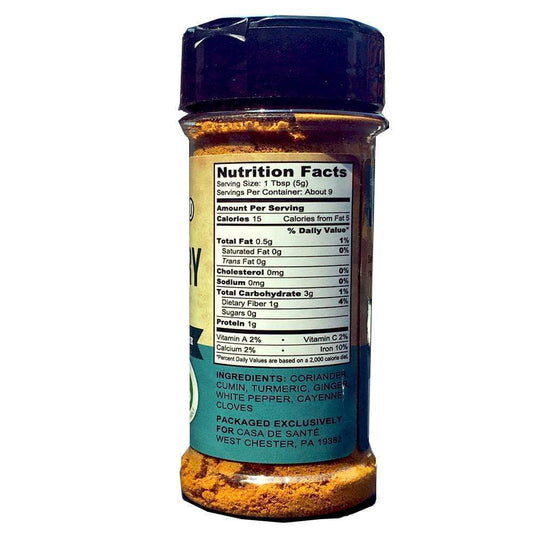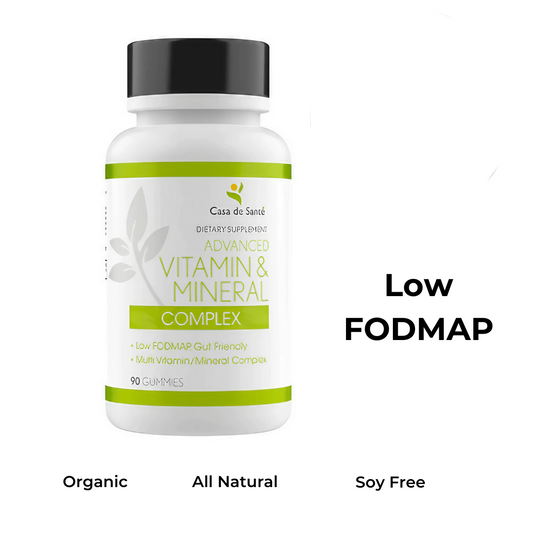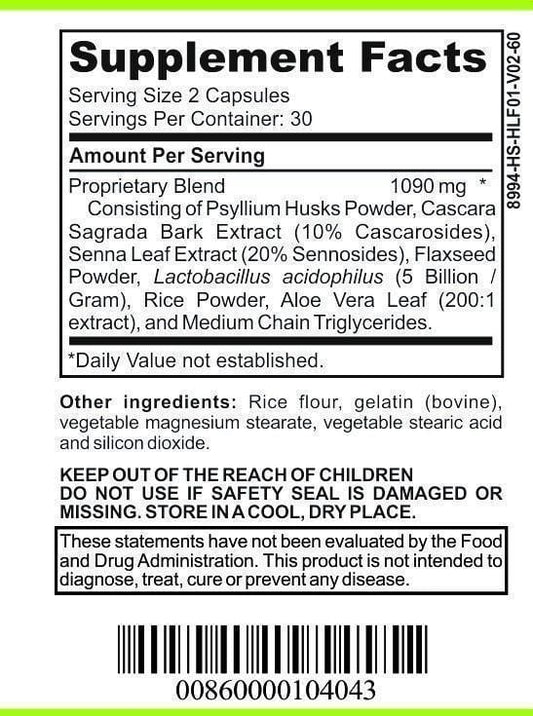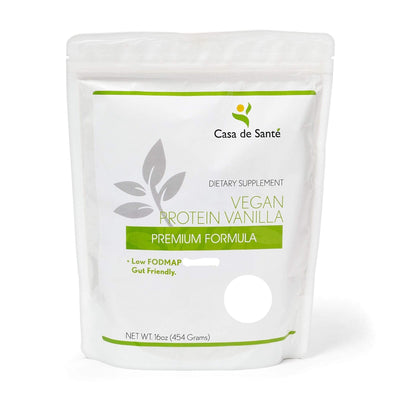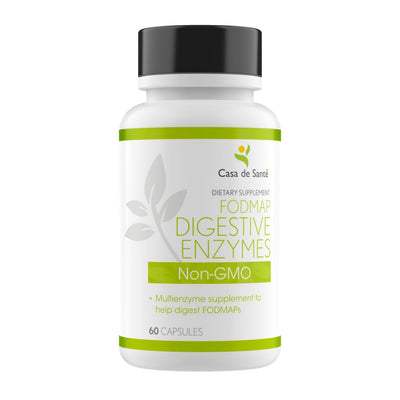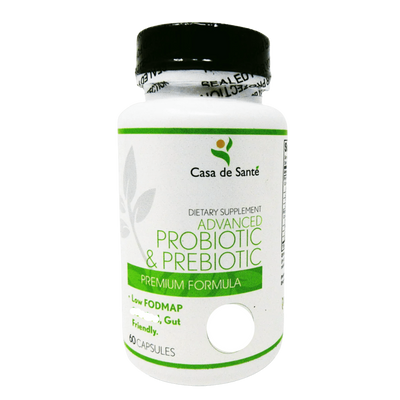Is Naga Viper Pepper Paleo
Is Naga Viper Pepper Paleo
If you've been following the Paleo diet, you may be wondering if Naga Viper Pepper is Paleo-friendly. In this article, we will delve into the key principles of the Paleo diet, explore the origins and characteristics of Naga Viper Pepper, and discuss how it fits into a Paleo lifestyle. We will also provide tips for incorporating Naga Viper Pepper into your Paleo diet and share delicious Paleo recipes featuring this fiery pepper. Let's dive in and find out if Naga Viper Pepper is Paleo!
Understanding the Paleo Diet
The Paleo diet, also known as the Paleolithic diet or the caveman diet, is based on the notion that we should eat foods that our ancestors consumed during the Paleolithic era. Proponents of the Paleo diet believe that our bodies are not adapted to the modern processed foods that have become staples in our diets. Instead, they advocate for a return to a more primal way of eating.
There are several key principles that define the Paleo diet:
Key Principles of the Paleo Diet
- Consumption of whole, unprocessed foods
- Focus on lean proteins, such as meat, fish, and eggs
- Abundance of fresh fruits and vegetables
- Avoidance of grains, legumes, dairy products, refined sugars, and processed oils
- Promotion of healthy fats, including nuts, seeds, and avocados
One of the main reasons why the Paleo diet has gained popularity is its emphasis on whole, unprocessed foods. By consuming foods in their natural state, proponents of the diet argue that we can avoid the harmful additives and preservatives that are often found in processed foods. This focus on whole foods also means that the Paleo diet is rich in essential nutrients, such as vitamins, minerals, and antioxidants.
Another key aspect of the Paleo diet is the emphasis on lean proteins. Meat, fish, and eggs are all excellent sources of protein, which is essential for building and repairing tissues in the body. Additionally, these protein sources are often rich in important nutrients like iron, zinc, and B vitamins.
Fruits and vegetables are also a major component of the Paleo diet. These plant-based foods provide a wide range of vitamins, minerals, and dietary fiber. They are also low in calories and high in water content, making them a great choice for weight management and overall health.
While the Paleo diet encourages the consumption of certain food groups, it also advises against others. Grains, legumes, dairy products, refined sugars, and processed oils are all excluded from the diet. Proponents of the Paleo diet argue that these foods were not part of our ancestors' diets and may contribute to various health issues, such as inflammation, digestive problems, and weight gain.
Instead of these excluded foods, the Paleo diet promotes the consumption of healthy fats. Nuts, seeds, and avocados are all excellent sources of monounsaturated and polyunsaturated fats, which have been linked to numerous health benefits, including improved heart health and reduced inflammation.
Common Foods in the Paleo Diet
The Paleo diet encourages the consumption of certain food groups that were readily available to our hunter-gatherer ancestors. These include:
- Grass-fed meats
- Wild-caught fish and seafood
- Poultry and eggs
- Fruits and vegetables
- Nuts and seeds
- Healthy fats, like coconut oil and olive oil
By focusing on these foods, the Paleo diet aims to provide a balanced and nutrient-dense eating plan that supports overall health and well-being.
Now that we have a better understanding of the Paleo diet, let's explore Naga Viper Pepper and its place within this eating plan.
An Introduction to Naga Viper Pepper
Naga Viper Pepper, often touted as one of the world's hottest peppers, is a chili pepper cultivar that originated in the United Kingdom. It gained popularity for its extreme heat, surpassing even the renowned Ghost Pepper and Trinidad Moruga Scorpion. Many chili enthusiasts are drawn to the intense flavor and fiery kick of the Naga Viper Pepper.
The Naga Viper Pepper is not your average chili pepper. It is a force to be reckoned with, capable of bringing tears to the eyes of even the most seasoned spice lovers. But what makes this pepper so incredibly hot? Let's dive into its origin and characteristics to find out.
Origin and Characteristics of Naga Viper Pepper
The Naga Viper Pepper is a hybrid chili pepper developed in England. It is a cross between three different pepper varieties: the Naga Morich, Bhut Jolokia (Ghost Pepper), and Trinidad Scorpion. This unique combination gives the Naga Viper Pepper its incredible heat.
The Naga Morich, known for its blistering spiciness, brings its fiery genes to the mix. The Bhut Jolokia, also known as the Ghost Pepper, adds its own level of heat, making the Naga Viper Pepper even more intense. And finally, the Trinidad Scorpion, another super-hot pepper, contributes to the overall heat profile of the Naga Viper Pepper.
With a Scoville heat rating that can reach up to 1,382,118 SHU (Scoville Heat Units), the Naga Viper Pepper is not for the faint of heart. Its heat level can be overwhelming even to experienced chili eaters! Just a tiny bite can set your mouth ablaze, leaving you reaching for a glass of milk to cool down the burn.
But it's not just the heat that makes the Naga Viper Pepper special. It also boasts a complex flavor profile that adds depth to any dish. Its fruity undertones and smoky notes create a tantalizing experience for the taste buds. When used sparingly, the Naga Viper Pepper can elevate the flavor of a dish, adding a unique and unforgettable kick.
Nutritional Value of Naga Viper Pepper
While Naga Viper Pepper is known for its intense heat, it also offers various nutritional benefits. This pepper is a rich source of vitamins, particularly vitamin C. Just a small serving of Naga Viper Pepper can provide a significant portion of your daily vitamin C requirement, boosting your immune system and promoting overall health.
In addition to vitamin C, Naga Viper Pepper contains capsaicin, a compound that gives chili peppers their characteristic heat. Capsaicin is believed to have numerous health benefits, including anti-inflammatory and antioxidant properties. It may help reduce pain, improve digestion, and even aid in weight loss.
Furthermore, Naga Viper Pepper contains essential minerals like potassium and manganese. Potassium is crucial for maintaining proper heart function and regulating blood pressure, while manganese plays a role in bone health and metabolism.
So, while the Naga Viper Pepper may be known for its fiery heat, it also packs a nutritional punch. Incorporating this pepper into your diet can provide a range of health benefits, making it more than just a spicy addition to your favorite dishes.
Naga Viper Pepper in the Context of Paleo Diet
Now, let's evaluate whether Naga Viper Pepper aligns with the principles of the Paleo diet.
The Paleo diet, also known as the caveman diet, focuses on consuming foods that our ancestors would have eaten during the Paleolithic era. It emphasizes whole, unprocessed foods and excludes grains, legumes, and dairy products. With its natural and unprocessed nature, Naga Viper Pepper can be considered Paleo-friendly.
Naga Viper Pepper, a plant-based food that has been consumed for centuries, provides a unique flavor profile and nutritional benefits. It is rich in vitamins A and C, as well as minerals like potassium and manganese. These nutrients are essential for maintaining a healthy immune system and promoting overall well-being.
While the heat of Naga Viper Pepper may not be for everyone, those who enjoy spicy foods can incorporate it into their Paleo diet in moderation. The spiciness of this pepper is due to a compound called capsaicin, which has been shown to have various health benefits.
Nutritional Alignment of Naga Viper Pepper with Paleo Diet
Naga Viper Pepper is a low-calorie food that can add flavor and depth to your Paleo meals. It contains no fat or cholesterol, making it a suitable choice for those following a Paleo diet for weight management or cardiovascular health.
In addition to its nutritional value, Naga Viper Pepper is also a good source of dietary fiber. Fiber is essential for maintaining a healthy digestive system and can help prevent constipation. Including fiber-rich foods like Naga Viper Pepper in your Paleo diet can contribute to overall gut health.
Potential Benefits and Drawbacks of Including Naga Viper Pepper in a Paleo Diet
Including Naga Viper Pepper in your Paleo diet can have potential benefits. The capsaicin in this pepper has been linked to improved metabolism and weight management. It can increase thermogenesis, the process by which the body generates heat and burns calories. This can aid in weight loss and weight maintenance.
Furthermore, capsaicin has been shown to have anti-inflammatory properties. It may help reduce inflammation in the body, which is beneficial for individuals with conditions like arthritis or inflammatory bowel disease.
However, it's essential to be aware of the heat level of Naga Viper Pepper and consume it in moderation. Excessive consumption can cause discomfort and digestive issues, particularly for individuals with sensitive stomachs or conditions like gastritis. It's always a good idea to start with small amounts and gradually increase your tolerance if you're new to spicy foods.
It's also worth noting that while Naga Viper Pepper is a flavorful addition to the Paleo diet, it should not be relied upon as a sole source of nutrition. Variety is key in any diet, including Paleo, to ensure you're getting a wide range of nutrients from different food sources.
In conclusion, Naga Viper Pepper can be a tasty and nutritious addition to a Paleo diet when consumed in moderation. Its natural and unprocessed nature aligns with the principles of the Paleo diet, and its unique flavor profile can enhance the overall dining experience. So, if you're a fan of spicy foods, don't hesitate to give Naga Viper Pepper a try in your Paleo recipes!
Incorporating Naga Viper Pepper into Your Paleo Diet
If you decide to incorporate Naga Viper Pepper into your Paleo diet, here are some tips to make the most out of this spicy ingredient:
Tips for Cooking with Naga Viper Pepper
1. Start small: Begin by adding a small amount of Naga Viper Pepper to your dishes to gauge your tolerance for spiciness.
2. Handle with care: Use gloves when handling Naga Viper Pepper to avoid getting the intense heat on your skin or accidentally touching your face or eyes.
3. Experiment with flavors: Try pairing Naga Viper Pepper with complementary flavors, such as citrus fruits or garlic, to balance the heat and enhance the overall taste of your dishes.
Delicious Paleo Recipes Featuring Naga Viper Pepper
1. Spicy Beef Stir-Fry: Sauté grass-fed beef strips with a medley of colorful vegetables and a dash of Naga Viper Pepper for a fiery and nutritious meal.
2. Stuffed Peppers: Fill bell peppers with a mixture of ground meat, diced vegetables, and a sprinkle of Naga Viper Pepper. Bake until tender for a satisfying Paleo-friendly dish.
3. Fiery Guacamole: Mash ripe avocados with diced tomatoes, onions, cilantro, lime juice, and a touch of Naga Viper Pepper to create a zesty dip that pairs well with vegetable sticks or Paleo tortilla chips.
Conclusion: Is Naga Viper Pepper Paleo?
Based on its natural and unprocessed nature, Naga Viper Pepper can be considered Paleo-friendly. However, it's important to consume it in moderation, respecting its intense heat and potential effects on sensitive stomachs. If you enjoy spicy foods, incorporating Naga Viper Pepper into your Paleo diet can add unique flavors and potential health benefits. Remember to listen to your body and adjust spice levels according to your individual preferences.
So, the answer to whether Naga Viper Pepper is Paleo is a resounding yes, with a caveat: handle with care, spice with caution, and savor the fiery experience!














